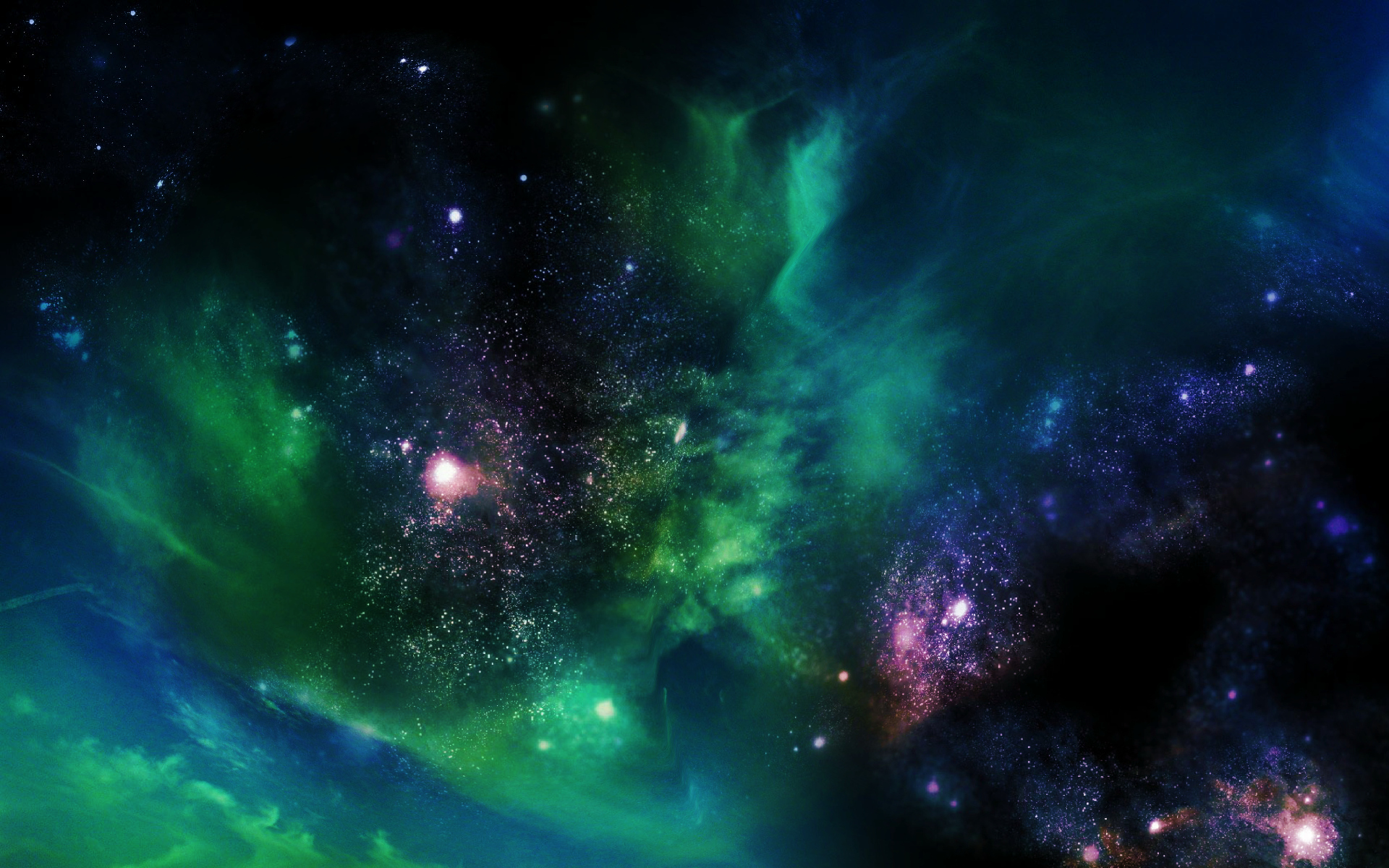
(PhysOrg.com) -- Earlier this year, PhysOrg reported on a new idea that suggested that gravitational charges in the quantum vacuum could provide an alternative to dark matter. The idea rests on the hypothesis that particles and antiparticles have gravitational charges of opposite sign. As a consequence, virtual particle-antiparticle pairs in the quantum vacuum form gravitational dipoles (having both a positive and negative gravitational charge) that can interact with baryonic matter to produce phenomena usually attributed to dark matter. Although CERN physicist Dragan Slavkov Hajdukovic, who proposed the idea, mathematically demonstrated that these gravitational dipoles could explain the observed rotational curves of galaxies without dark matter in his initial study, he noted that much more work needed to be done.
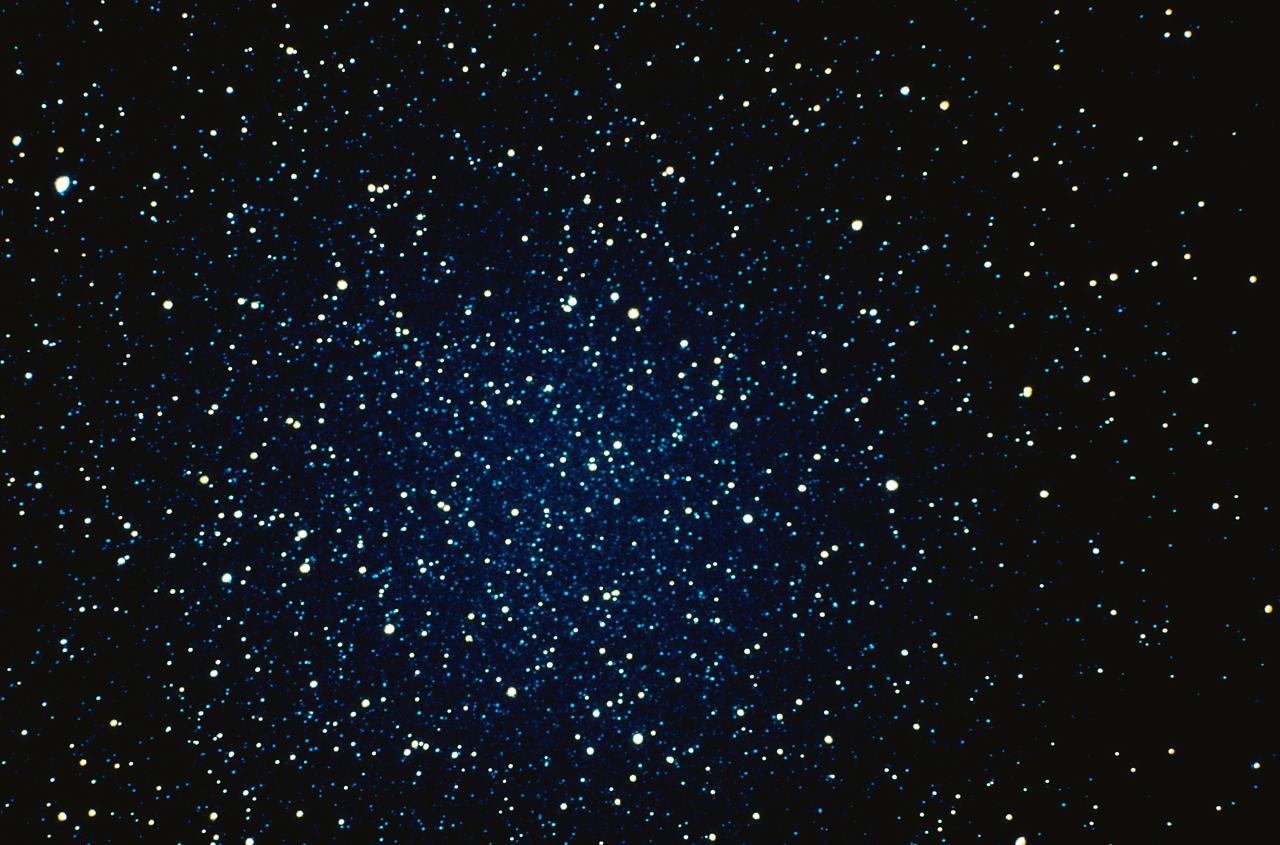
Two gargantuan black holes -- weighing in at nearly 10 billion times the mass of our sun -- have been discovered, possibly revealing a "missing link" in the galactic evolution puzzle.

Discoveries of new planets just keep coming and coming. A team of astronomers has found 18 Jupiter-like planets in orbit around massive stars. The discoveries further constrain theories of planet formation.
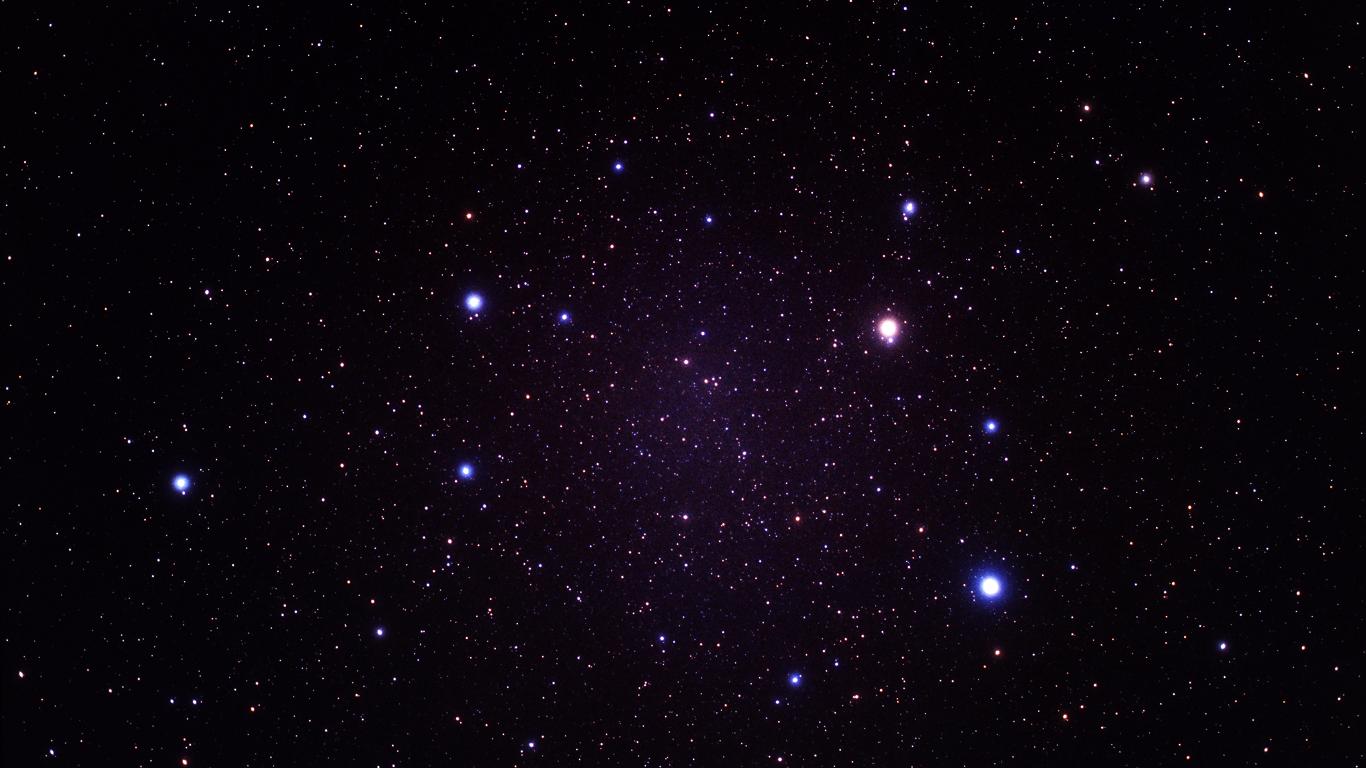
The NASA Kepler Mission is designed to survey a portion of our region of the Milky Way Galaxy to discover Earth-size planets in or near the "habitable zone," the region in a planetary system where liquid water can exist, and determine how many of the billions of stars in our galaxy have such planets. It now has another planet to add to its growing list. Researchers have shown that one of the brightest stars in the Kepler star field has a planet with a radius only 1.6 that of Earth
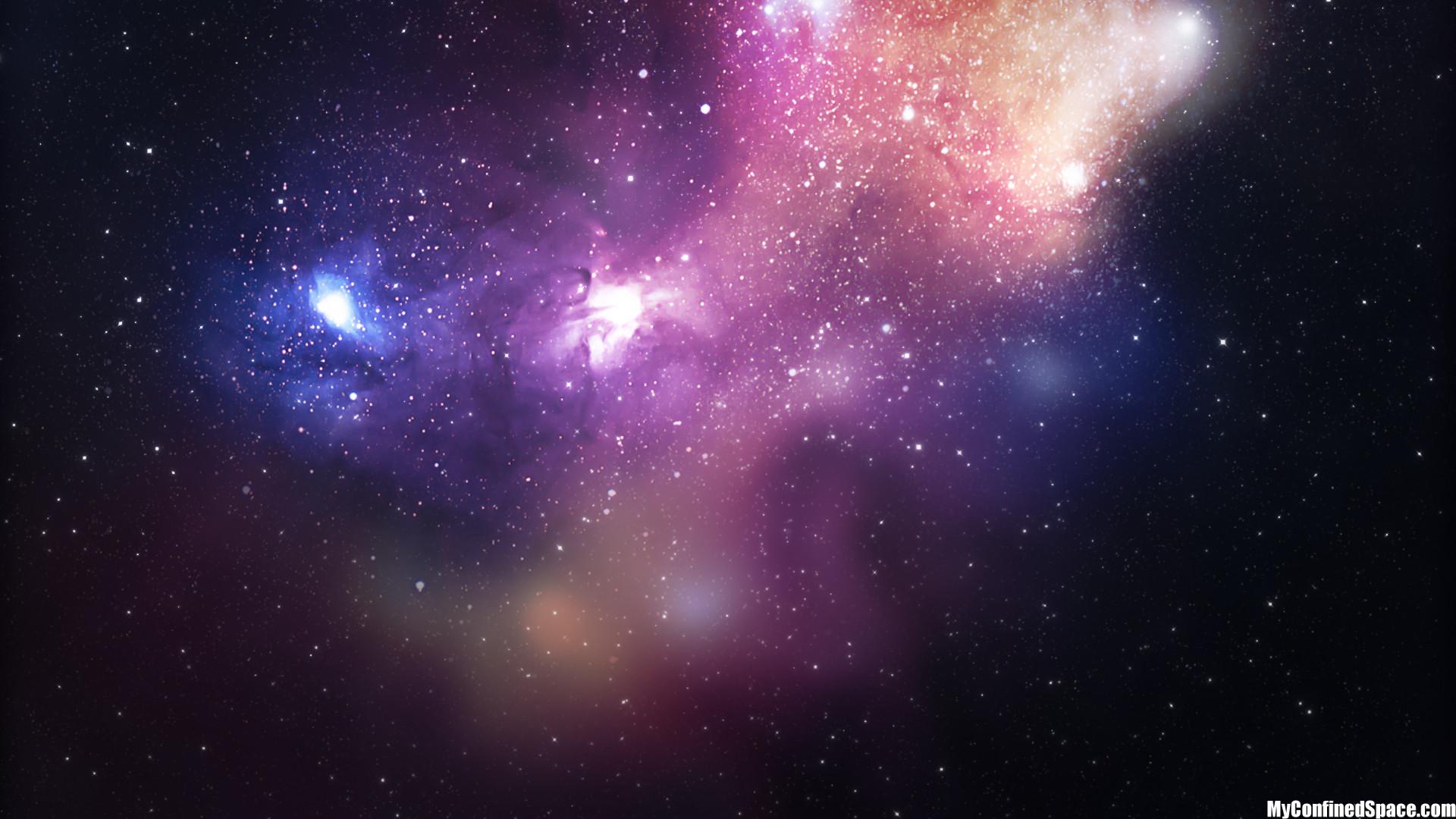
Astronomers have obtained a never-before achieved radio astronomical photograph of the youngest supernova. Fourteen days after the explosion of a star in the galaxy Galàxia del Remolí (M51) last June, coordinated telescopes around Europe have taken a photograph of the cosmic explosion in great detail – equivalent to seeing a golf ball on the surface of the moon.

A precise distance measurement by the Very Long Baseline Array (VLBA) allowed astronomers to accurately calculate the mass and spin of a famous black hole, thus providing a complete description of the object.

Lightning sprites are out-of-this-world: 'sprites' predicted in atmospheres of Jupiter, Saturn and Venus
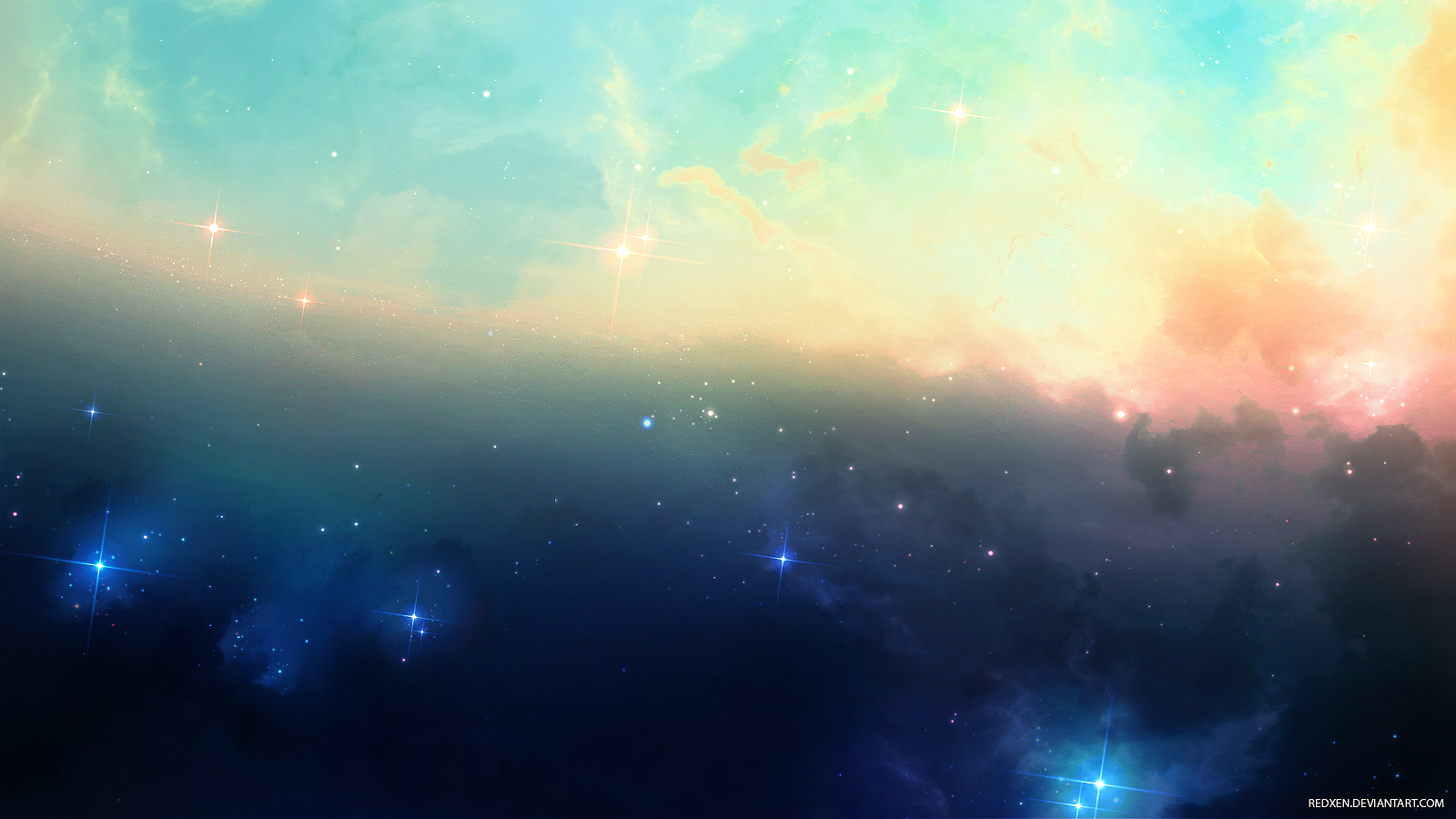
New images and animated movies from NASA

The geological record holds clues that throughout Earth
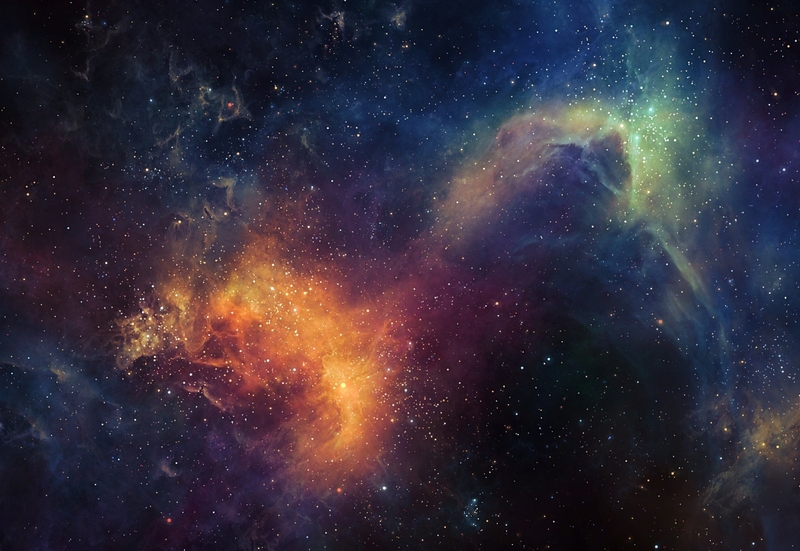
A new model has been developed to help in the search for life beyond our solar system.
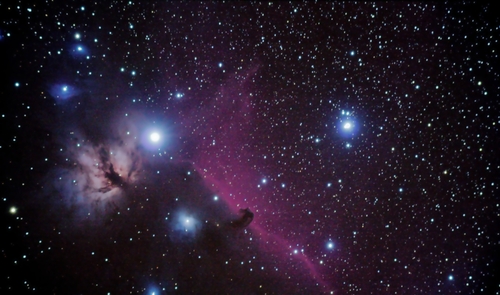
Is it possible that a life-bearing lake exists on the icy Jupiter moon, Europa. See if it is possible that a life-bearing lake is possible on Europa.
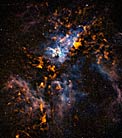
Observations made with the APEX telescope in submillimetre-wavelength light reveal the cold dusty clouds from which stars form in the Carina Nebula. This site of violent star formation, which plays host to some of the highest-mass stars in our galaxy, is an ideal arena in which to study the interactions between these young stars and their parent molecular clouds.